 Pedestrian Walkway
Pedestrian Walkway
Entry Category: Science and Technology
 Pedestrian Walkway
Pedestrian Walkway
 Pendleton Bridge
Pendleton Bridge
Pentastomes
aka: Tongue Worms
Percidae
 Percids
Percids
Pillstrom Tongs
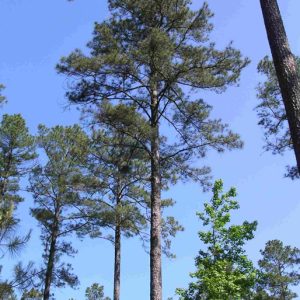 Pine Tree, Official State Tree
Pine Tree, Official State Tree
Pirate Perch
Pittman, Margaret
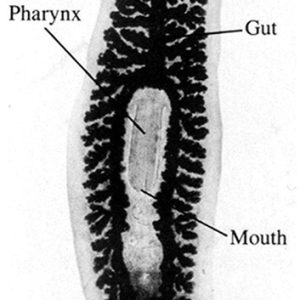 Planarian
Planarian
Planarians
aka: Triclads
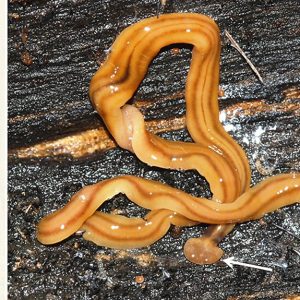 Planarians
Planarians
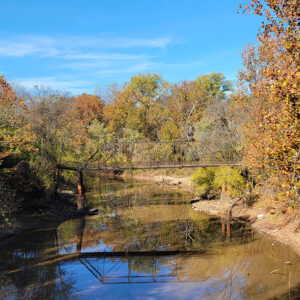 Point Remove Creek
Point Remove Creek
 Point Remove Creek
Point Remove Creek
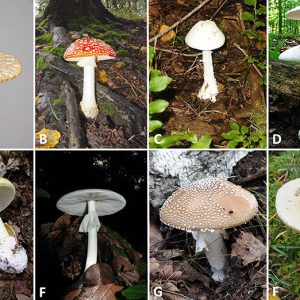 Poisonous Mushrooms
Poisonous Mushrooms
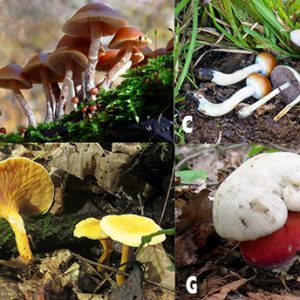 Poisonous Mushrooms
Poisonous Mushrooms
Poisonous Mushrooms
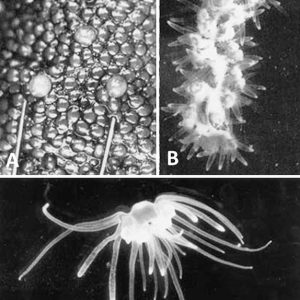 Polypodium hydriforme
Polypodium hydriforme
Pro-ISIL Hack of Arkansas Library Association
Proturans
aka: Coneheads
Pseudoscorpions
aka: False Scorpions
aka: Book Scorpions
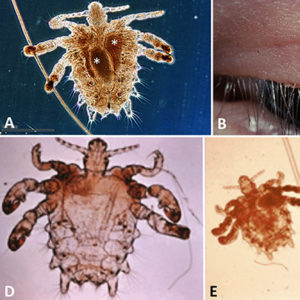 Pubic Lice
Pubic Lice
Purdue, Albert Homer
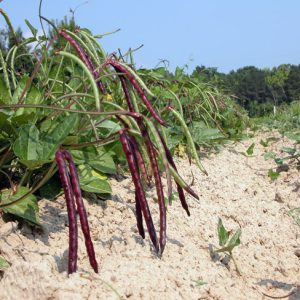 Purple Hull Peas
Purple Hull Peas
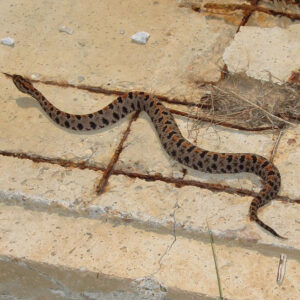 Pygmy Rattlesnake
Pygmy Rattlesnake
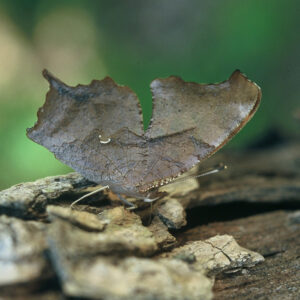 Question Mark
Question Mark
Ranavirus
 Ranavirus
Ranavirus
Razorback Hogs
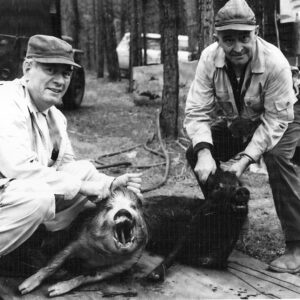 Razorback Hunters
Razorback Hunters
 Red Admiral
Red Admiral
 Red-cockaded Woodpecker
Red-cockaded Woodpecker
 Red-cockaded Woodpecker
Red-cockaded Woodpecker
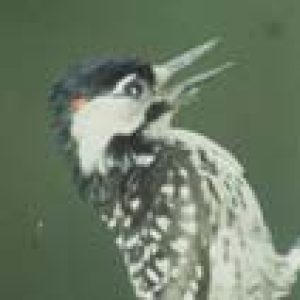 Red-cockaded Woodpecker Call
Red-cockaded Woodpecker Call
Red-cockaded Woodpeckers
aka: Picoides borealis
Remmel Dam
aka: Lake Catherine
 Remmel Dam
Remmel Dam
 Remmel Dam Plaque
Remmel Dam Plaque
 Remmel Dam Turbines
Remmel Dam Turbines
 Remmel Dam Construction Plaque
Remmel Dam Construction Plaque
 Remmel Dam
Remmel Dam
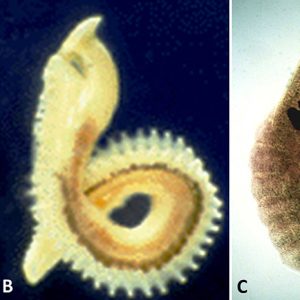 Representative Aspidogastreans
Representative Aspidogastreans
Reptiles
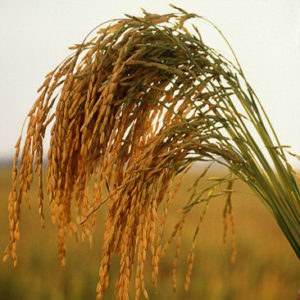 Rice Seed Heads
Rice Seed Heads
 Rice Inspection
Rice Inspection
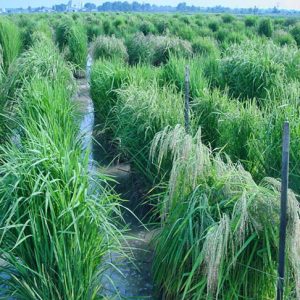 Rice Research Crop at the Dale Bumpers National Rice Research Center
Rice Research Crop at the Dale Bumpers National Rice Research Center
Riddle’s Elephant and Wildlife Sanctuary
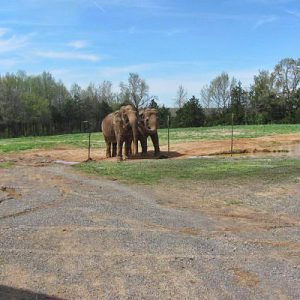 Riddle's Elephant and Wildlife Sanctuary
Riddle's Elephant and Wildlife Sanctuary
 Riddle's Elephant and Wildlife Sanctuary
Riddle's Elephant and Wildlife Sanctuary
 Rivervale Inverted Siphons
Rivervale Inverted Siphons




